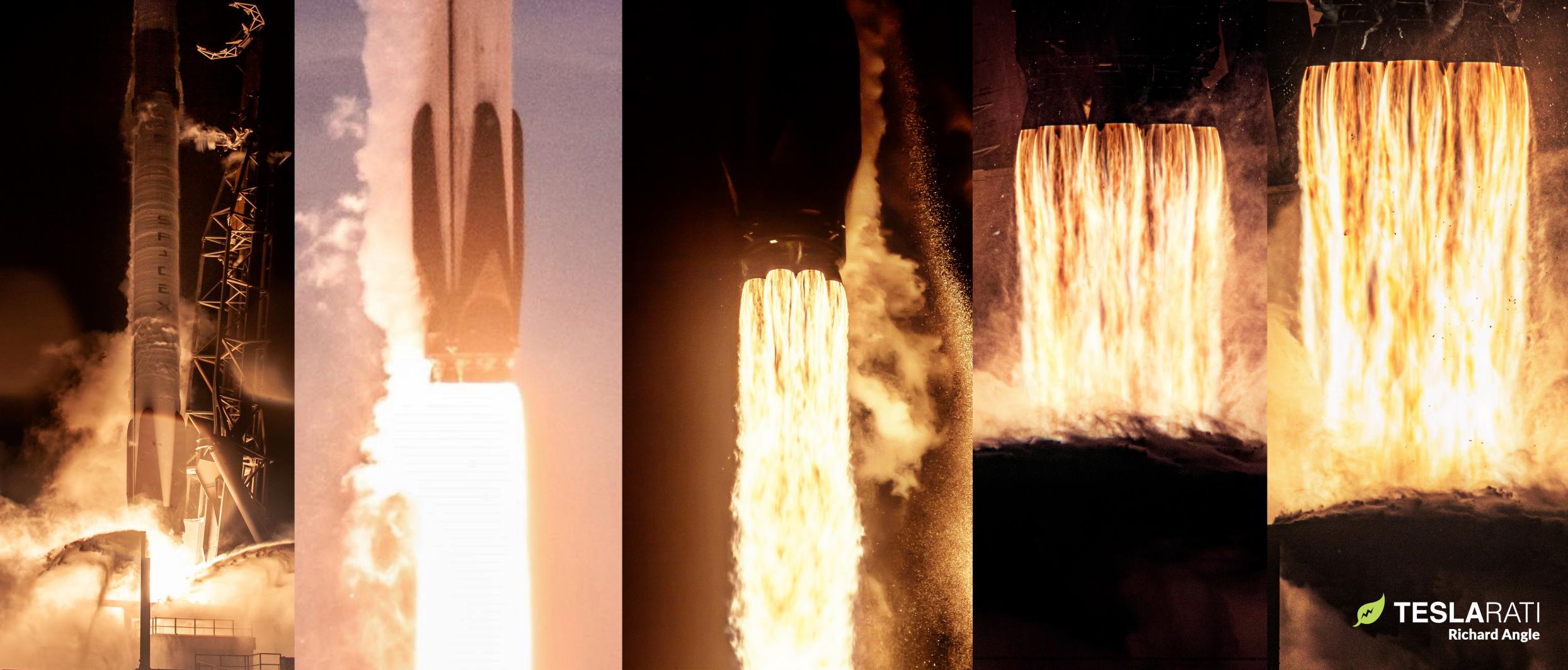

News
SpaceX rings in Falcon 9’s 10th anniversary with a rocket reusability first
Today is the tenth anniversary of SpaceX’s inaugural Falcon 9 launch, marking a decade of largely uninterrupted success that the company has rung in with a record-breaking Starlink launch and rocket landing.
Just one day shy of the occasion, booster B1049 lifted off on its fifth orbital launch and Falcon 9’s 86th launch overall, successfully placing the eighth batch of 60 SpaceX Starlink satellites in orbit and becoming the first booster ever to complete five orbital-class launches and landings. Designed to fly no fewer than 10 times each, that means that SpaceX is already half of the way to achieving a major goal of the rocket’s Block 5 upgrade just 24 months after its launch debut.
With Starlink-8 under its belt, Falcon 9 B1049 has officially become the fastest orbital-class rocket or spacecraft in history to perform five launches, beating out Space Shuttles Columbia (~27 months), Challenger (~24 months), Discovery (~22 months), Atlantis (~26 months), and Endeavour (~29 months) with launches in ~20 months. Over the 10 years it’s been operational, thanks in large part to the unprecedented leaps SpaceX has made while independently developing booster reusability, Falcon 9 has become the most affordable source of large orbital launches and has come to dominate the commercial launch market and the company’s lead is only likely to grow in the coming years.
Lifting off just hours after SpaceX completed Port Canaveral recovery operations with the first astronaut-proven Falcon 9 booster (B1058), B1049’s fifth successful launch and landing means that the company will soon be able to attempt the sixth launch of an orbital-class booster for the first time ever. All but guaranteed to support one of the 20-24 Starlink missions SpaceX has planned for 2020, B1049 could be ready for its sixth launch as early as late July or August.
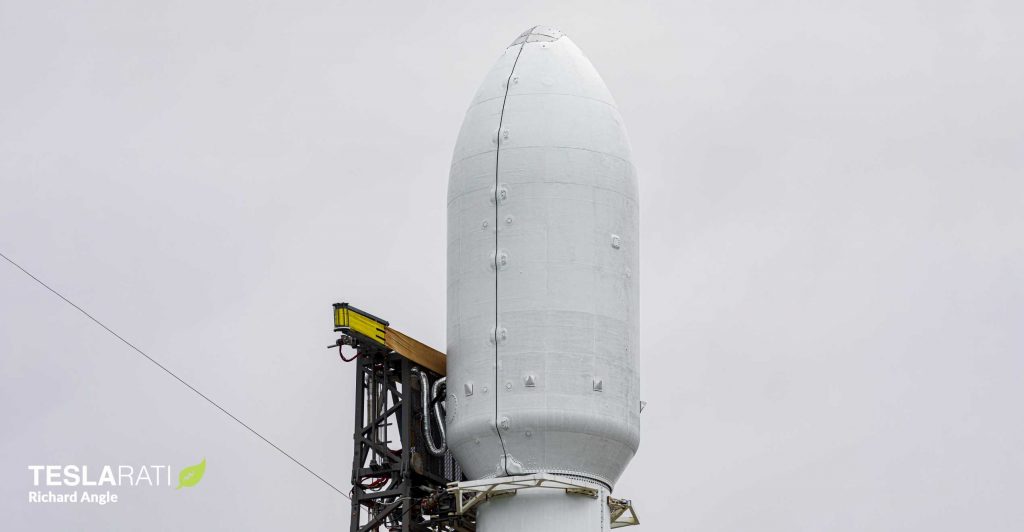
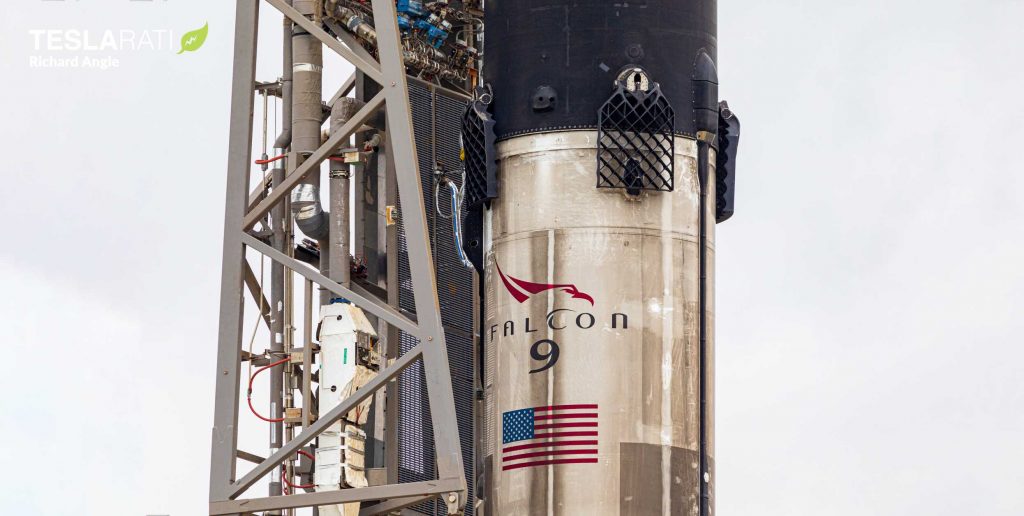
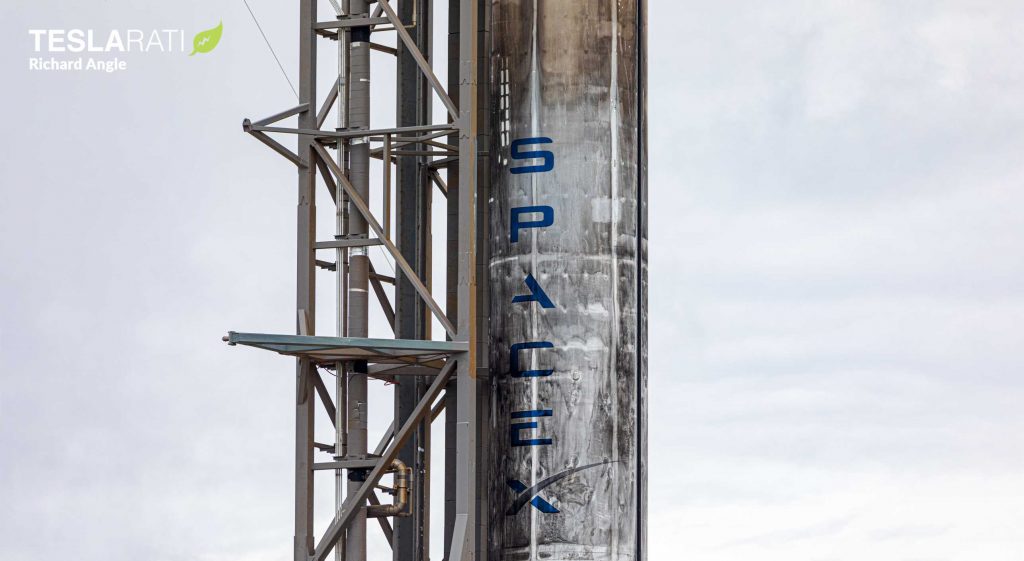

Just like the booster’s two prior launches, B1049 was carrying a ~16 metric ton (~35,000 lb) batch of 60 Starlink communications satellites. Thanks to Falcon 9’s exceptional cost-to-performance ratio and the rapid expansion of Starlink launch activities, SpaceX’s workhorse rocket has already launched almost 450 metric tons (~1 million lb) of satellites and cargo into orbit over 10 years of service and 85 launches.
If things go according to plan, the Starlink launch campaign SpaceX needs to complete the massive satellite constellation will rapidly double (and almost triple) the total mass SpaceX has placed in orbit. The first major phase of 4400 satellites – currently 9.5% complete – will collectively weigh more than 1100 metric tons (~2.5 million lb), while the combined second and third phases will raise that by almost a full magnitude. Falcon 9 may forever be famous thanks to the leaps it’s made in reusability, affordability, and reliability, but it will likely end up being best known for its foundational role in the deployment of SpaceX’s vast Starlink internet constellation within a few years.
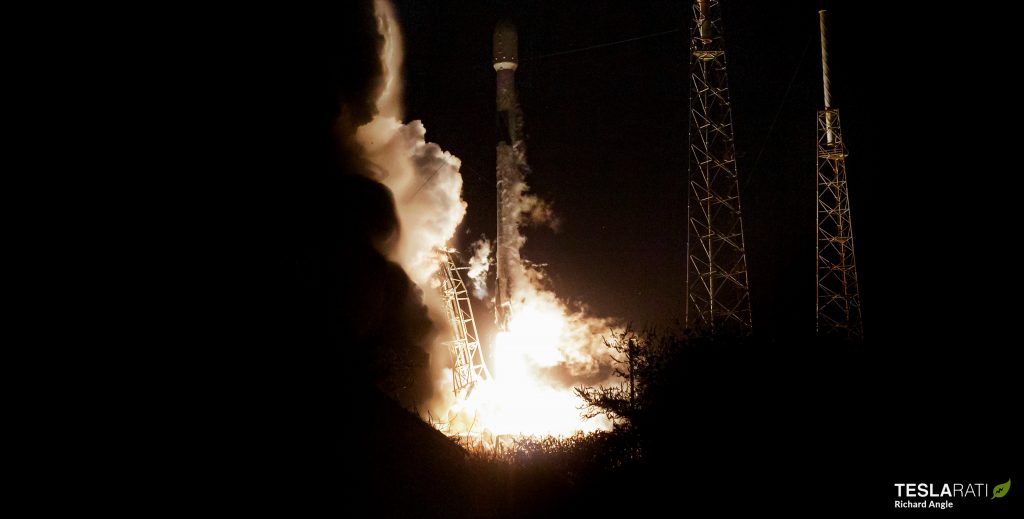
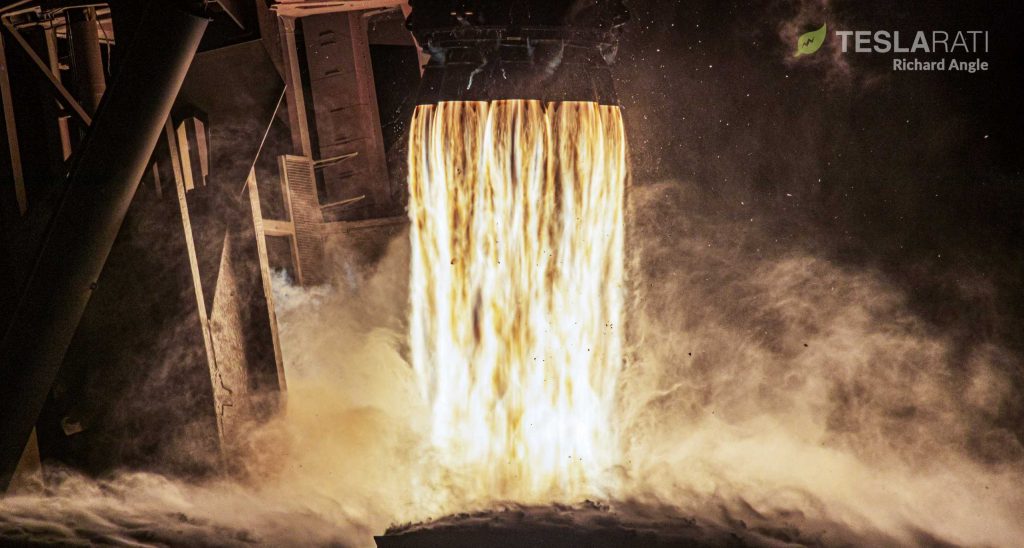
After B1049.5 safely returns to Port Canaveral aboard drone ship Just Read The Instructions (JRTI) sometime next week, SpaceX can offload the rocket, transport it to a nearby hangar, and begin preparing it for launch #6 – a first for the company. If SpaceX can average 90-day turnarounds for the booster over its next several flights, B1049 could potentially become the first Falcon 9 first stage to achieve its 10-flight design goal before the end of next year.
Meanwhile, SpaceX is already preparing to launch its next (ninth) Starlink mission as early as June 12th, beating the pad’s current turnaround record by almost three days (~25%). All things considered, a full decade in, SpaceX and its Falcon 9 rocket are just getting started.
Check out Teslarati’s Marketplace! We offer Tesla accessories, including for the Tesla Cybertruck and Tesla Model 3.

News
Waymo sues Santa Monica over order to halt overnight charging sessions
In its complaint, Waymo argued that its self-driving cars’ operations do not constitute a public nuisance, and compliance with the city’s order would cause the company irreparable harm.

Waymo has filed a lawsuit against the City of Santa Monica in Los Angeles County Superior Court, seeking to block an order that requires the company to cease overnight charging at two facilities.
In its complaint, Waymo argued that its self-driving cars’ operations do not constitute a public nuisance, and compliance with the city’s order would cause the company irreparable harm.
Nuisance claims
As noted in a report from the Los Angeles Times, Waymo’s two charging sites at Euclid Street and Broadway have operated for about a year, supporting the company’s growing fleet with round-the-clock activity. Unfortunately, this has also resulted in residents in the area reportedly being unable to sleep due to incessant beeping from self-driving taxis that are moving in and out of the charging stations around the clock.
Frustrated residents have protested against the Waymos by blocking the vehicles’ paths, placing cones, and “stacking” cars to create backups. This has also resulted in multiple calls to the police.
Last month, the city issued an order to Waymo and its charging partner, Voltera, to cease overnight operations at the charging locations, stating that the self-driving vehicles’ activities at night were a public nuisance. A December 15 meeting yielded no agreement on mitigations like software rerouting. Waymo proposed changes, but the city reportedly insisted that nothing would satisfy the irate residents.
“We are disappointed that the City has chosen an adversarial path over a collaborative one. The City’s position has been to insist that no actions taken or proposed by Waymo would satisfy the complaining neighbors and therefore must be deemed insufficient,” a Waymo spokesperson stated.
Waymo pushes back
In its legal complaint, Waymo stated that its “activities at the Broadway Facilities do not constitute a public nuisance.” The company also noted that it “faces imminent and irreparable harm to its operations, employees, and customers” from the city’s order. The suit also stated that the city was fully aware that the Voltera charging sites would be operating around the clock to support Waymo’s self-driving taxis.
The company highlighted over one million trips in Santa Monica since launch, with more than 50,000 rides starting or ending there in November alone. Waymo also criticized the city for adopting a contentious strategy against businesses.
“The City of Santa Monica’s recent actions are inconsistent with its stated goal of attracting investment. At a time when the City faces a serious fiscal crisis, officials are choosing to obstruct properly permitted investment rather than fostering a ‘ready for business’ environment,” Waymo stated.
News
Tesla FSD v14.2.2 is getting rave reviews from drivers
So far, early testers have reported buttery-smooth drives with confident performance, even at night or on twisty roads.

Tesla Full Self-Driving (Supervised) v14.2.2 is receiving positive reviews from owners, with several drivers praising the build’s lack of hesitation during lane changes and its smoother decision-making, among others.
The update, which started rolling out on Monday, also adds features like dynamic arrival pin adjustment. So far, early testers have reported buttery-smooth drives with confident performance, even at night or on twisty roads.
Owners highlight major improvements
Longtime Tesla owner and FSD user @BLKMDL3 shared a detailed 10-hour impression of FSD v14.2.2, noting that the system exhibited “zero lane change hesitation” and “extremely refined” lane choices. He praised Mad Max mode’s performance, stellar parking in locations including ticket dispensers, and impressive canyon runs even in dark conditions.
Fellow FSD user Dan Burkland reported an hour of FSD v14.2.2’s nighttime driving with “zero hesitations” and “buttery smooth” confidence reminiscent of Robotaxi rides in areas such as Austin, Texas. Veteran FSD user Whole Mars Catalog also demonstrated voice navigation via Grok, while Tesla owner Devin Olsen completed a nearly two-hour drive with FSD v14.2.2 in heavy traffic and rain with strong performance.
Closer to unsupervised
FSD has been receiving rave reviews, even from Tesla’s competitors. Xpeng CEO He Xiaopeng, for one, offered fresh praise for FSD v14.2 after visiting Silicon Valley. Following extended test drives of Tesla vehicles running the latest FSD software, He stated that the system has made major strides, reinforcing his view that Tesla’s approach to autonomy is indeed the proper path towards autonomy.
According to He, Tesla’s FSD has evolved from a smooth Level 2 advanced driver assistance system into what he described as a “near-Level 4” experience in terms of capabilities. While acknowledging that areas of improvement are still present, the Xpeng CEO stated that FSD’s current iteration significantly surpasses last year’s capabilities. He also reiterated his belief that Tesla’s strategy of using the same autonomous software and hardware architecture across private vehicles and robotaxis is the right long-term approach, as it would allow users to bypass intermediate autonomy stages and move closer to Level 4 functionality.
News
Elon Musk’s Grok AI to be used in U.S. War Department’s bespoke AI platform
The partnership aims to provide advanced capabilities to 3 million military and civilian personnel.

The U.S. Department of War announced Monday an agreement with Elon Musk’s xAI to embed the company’s frontier artificial intelligence systems, powered by the Grok family of models, into the department’s bespoke AI platform GenAI.mil.
The partnership aims to provide advanced capabilities to 3 million military and civilian personnel, with initial deployment targeted for early 2026 at Impact Level 5 (IL5) for secure handling of Controlled Unclassified Information.
xAI Integration
As noted by the War Department’s press release, GenAI.mil, its bespoke AI platform, will gain xAI for the Government’s suite of tools, which enable real-time global insights from the X platform for “decisive information advantage.” The rollout builds on xAI’s July launch of products for U.S. government customers, including federal, state, local, and national security use cases.
“Targeted for initial deployment in early 2026, this integration will allow all military and civilian personnel to use xAI’s capabilities at Impact Level 5 (IL5), enabling the secure handling of Controlled Unclassified Information (CUI) in daily workflows. Users will also gain access to real‑time global insights from the X platform, providing War Department personnel with a decisive information advantage,” the Department of War wrote in a press release.
Strategic advantages
The deal marks another step in the Department of War’s efforts to use cutting-edge AI in its operations. xAI, for its part, highlighted that its tools can support administrative tasks at the federal, state and local levels, as well as “critical mission use cases” at the front line of military operations.
“The War Department will continue scaling an AI ecosystem built for speed, security, and decision superiority. Newly IL5-certified capabilities will empower every aspect of the Department’s workforce, turning AI into a daily operational asset. This announcement marks another milestone in America’s AI revolution, and the War Department is driving that momentum forward,” the War Department noted.








